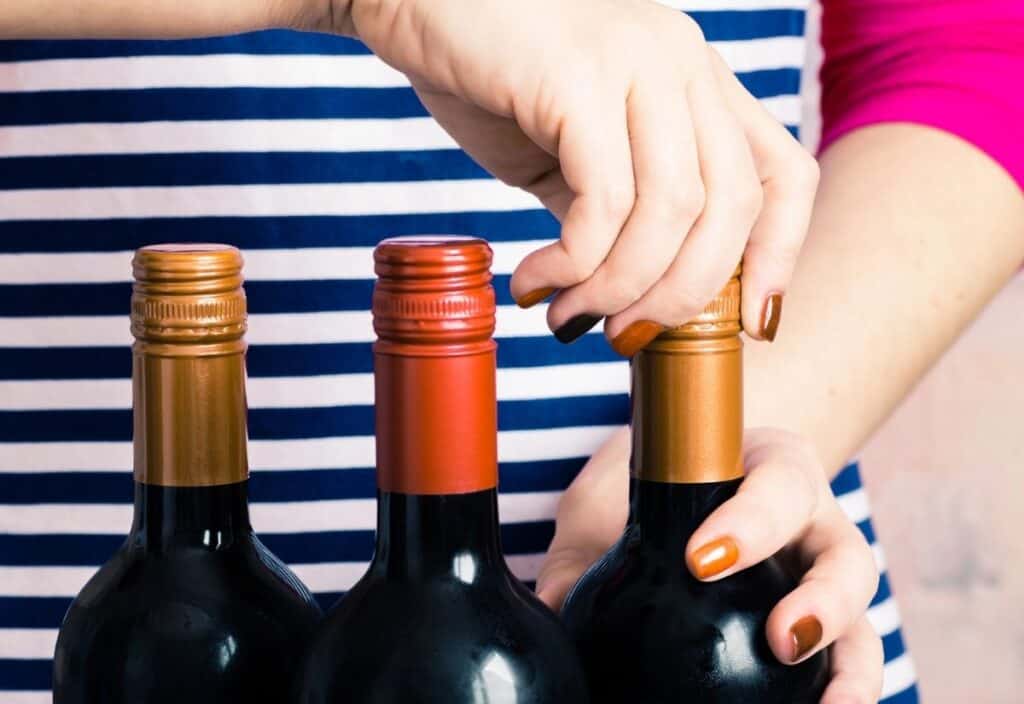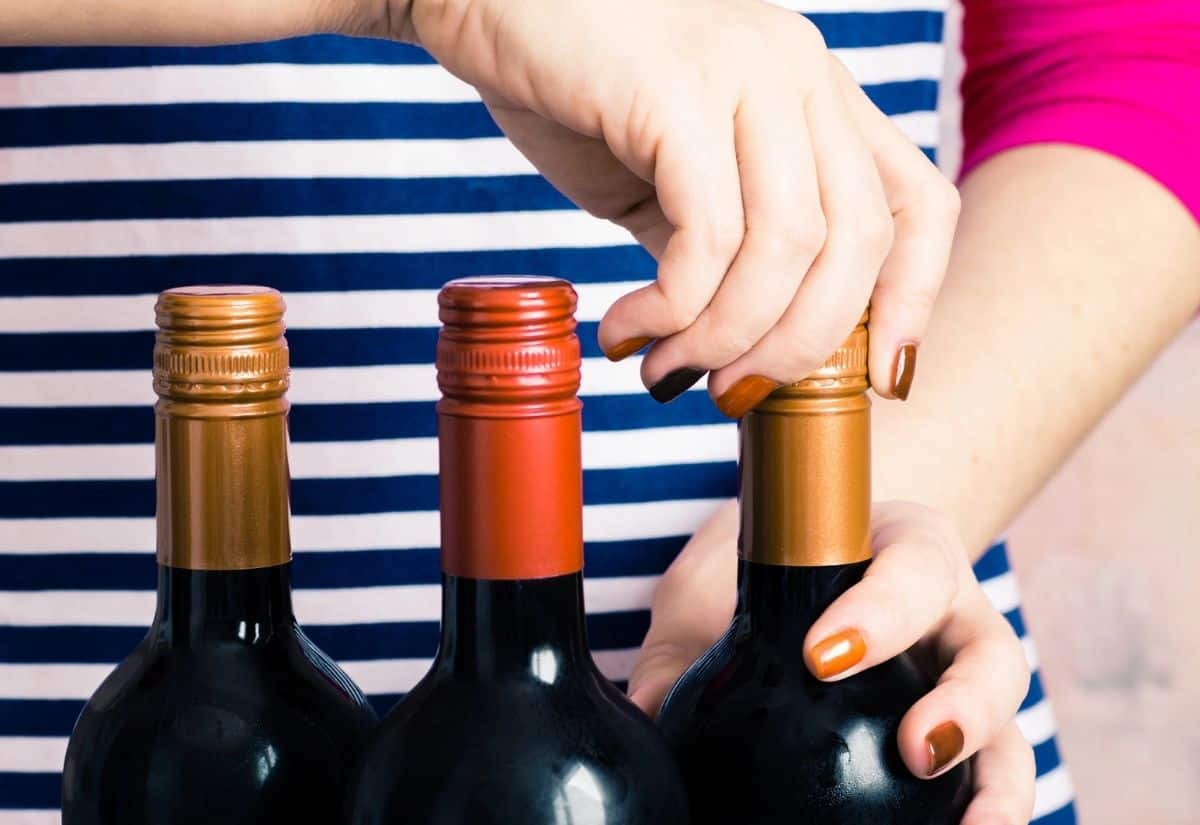Where have all the corks gone?
Have you opened a bottle of wine lately and wondered why it had a screw top instead of a cork? Wine producers are turning to caps because they offer a greater level of consistency, and they can help reduce spoilage. As production adapts to meet practical demands, don’t be surprised if your next bottle, even an expensive one, opens with a twist instead of a corkskrew.

As sustainability concerns grow, many producers pay closer attention to every part of the bottle. Material choices now reflect long-term thinking, where even wine stoppers play a role in the industry’s evolution.
Cork’s strengths and setbacks
From ancient storage jars to today’s glass bottles, winemakers have used cork to seal and preserve wine for centuries. Harvested from the bark of cork oak trees, which are primarily in Portugal, it became the standard wine closure thanks to its elasticity and natural seal. Because the bark regenerates over time, cork is a renewable resource, with deep roots in both Portugal and the wine world.
Even now, cork remains the stopper of choice for many premium reds designed to age. Its traditional look and slow oxygen exchange appeal to winemakers focused on long-term quality. Still, natural cork has its challenges. TCA or trichloroanisole, the main compound that causes cork taint, can spoil a wine’s aroma and flavor, which continues to influence how producers select closures today.
Inside the screw cap solution
Screw caps are now a common alternative to traditional wine closures, particularly in markets prioritizing consistency and shelf stability. Made from aluminum or plastic, these caps create an airtight seal and eliminate risks of cork taint. Their materials are inert, which means they don’t interact with the wine or alter its flavor during storage.
Inside each cap sits a layered liner system designed for specific types of wine. A polyvinylidene chloride coating forms the inner barrier, followed by either a tin or Saranex backing. Winemakers often choose tin linings for white and rosé wines to preserve freshness and block oxygen exposure. For red wines, Saranex linings allow small amounts of oxygen, which lets the wine develop gradually in the bottle. These details help explain why more bottles now feature screw caps across everyday and premium selections.
The cost and seal advantage
Screw caps keep gaining popularity in modern winemaking for their durability in transport and storage. Unlike corks, which can fail under heat and expose the wine to oxygen, screw caps maintain internal pressure more effectively, reducing the risk of spoilage. That stability has made them a reliable option for bottles that encounter variable temperatures in shipping or retail.
Cost plays a role, too. A natural cork costs $0.25 to $0.45 per bottle, while basic screw caps average around $0.18. Even premium screw tops rarely exceed $0.50. For winemakers, lower packaging costs allow competitive pricing without cutting quality. Screw caps also appeal to consumers who want quick access and the ability to reseal a bottle cleanly.
Environmental shifts
Climate pressures and economic realities are reshaping how winemakers think about closures. While cork is renewable, its production depends on healthy trees and steady conditions. In parts of Southern Europe, young cork oaks face harsher summers and longer droughts that make it harder for them to grow. The decades-long timeline for harvest, paired with high labor costs, adds more pressure to producing cork stoppers.
Meanwhile, screw caps appeal not just for consistency but also for their recyclability. People can repurpose aluminum and certain plastics used in wine closures, giving them another use after opening. As land use and climate concerns intensify, packaging choices are becoming more than technical decisions; they reveal how producers are adapting to environmental and economic change.
Many consumers embrace change
Public perception around wine closures has changed, along with industry practices. Screw caps, once dismissed as inferior, have gained ground as more producers across price points adopt them for their reliability and ease of use. Many wineries now choose them for younger bottles that need freshness, particularly in white and rosé varieties.
Stopper choice still depends heavily on the wine’s purpose and audience. Bottles made for aging often benefit from natural cork, which lets the beverage slowly interact with oxygen and deepen in complexity over time.
For wines that people should open within a year or two, screw caps help preserve flavor without the risk of cork-related faults. Winemakers looking to connect with convenience-first consumers or younger drinkers may prefer screw caps, while traditionalists can continue to associate cork with heritage and craftsmanship.
Rethink what seals the wine
Producers now choose between natural cork and synthetic stoppers based on performance, shelf life and environmental goals. Each format offers distinct advantages, letting wineries tailor how a bottle reaches the table. As industry priorities evolve, packaging decisions now reflect product needs and consumer expectations more than traditional practices. While cork still matters, it now shares the space with options that prioritize precision and purpose.
Jennifer Allen is a retired professional chef and long-time writer. Her work appears in dozens of publications, including MSN, Yahoo, The Washington Post and The Seattle Times. These days, she’s busy in the kitchen developing recipes and traveling the world, and you can find all her best creations at Cook What You Love.


